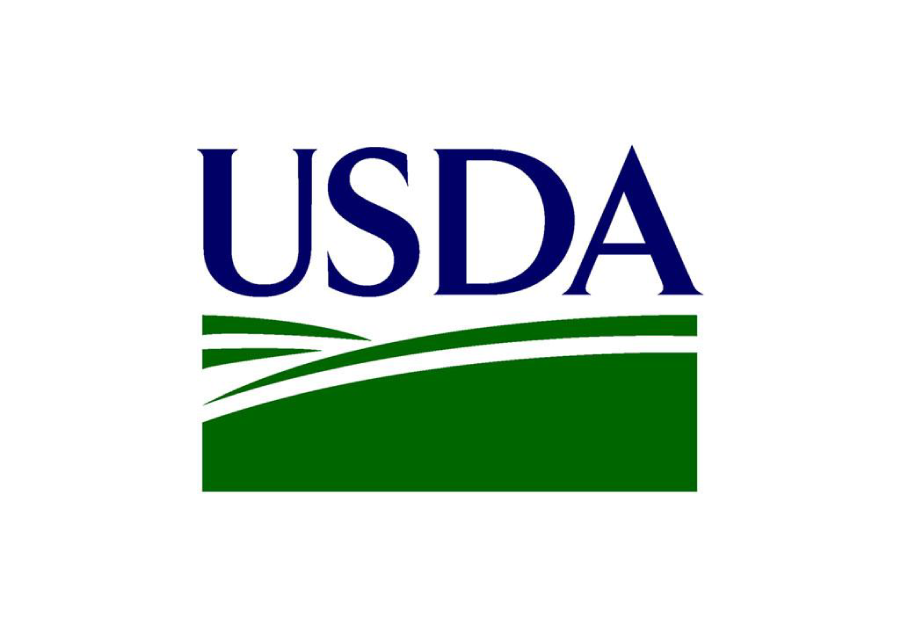WASHINGTON — The U.S. Department of Agriculture (USDA) is allocating more than $70 million to support 383 projects under the Plant Protection Act’s Section 7721 program to strengthen the nation’s infrastructure for pest detection and surveillance, identification, threat mitigation, to safeguard the nursery production system and to respond to plant pest emergencies. Universities, states, federal agencies, nongovernmental organizations, nonprofits, and Tribal organizations will carry out selected projects in 49 states, the District of Columbia, Guam, and Puerto Rico.

“State governments, academic institutions, and other essential cooperators across the country use these USDA funds to protect American crops and natural resources and ensure the marketability of our agricultural products across the globe,” said Greg Ibach, Under Secretary for USDA’s Marketing and Regulatory Programs.
The fiscal year 2021 project list includes 29 projects funded through the National Clean Plant Network (NCPN). The NCPN helps our country maintain the infrastructure necessary to ensure that pathogen-free, disease-free and pest-free certified planting materials for fruit trees, grapes, berries, citrus, hops, sweet potatoes, and roses are available to U.S. specialty crop producers.
Since 2009, USDA has supported more than 4,400 projects and provided nearly $670 million in funding through the Plant Pest and Disease Management and Disaster Prevention Program. Collectively, these projects allow USDA and its partners to quickly detect and rapidly respond to invasive plant pests and diseases.
In FY 2021, funded projects include, among others:
- Asian giant hornet research and eradication efforts: $944,116 in Washington and other states;
- Exotic fruit fly survey and detection: $5,575,000 in Florida and California;
- Agriculture detector dog teams: $4,287,097 to programs in California, Florida, and nationally to support detector dog teams;
- Honey bee and pollinator health: $1,337,819 to protect honey bees, bumble bees and other important pollinators from harmful pests;
- Biosecurity: $1,339,183 to Texas to monitor for pests in agricultural shipments at ports of entry;
- Stone fruit and orchard commodities: $1,158,000 to support pest detection surveys in 10 states including New York and Pennsylvania;
- Forest pests: $876,485 for various detection tools, control methods development, or outreach to protect forests from harmful pests in 16 states, including Arkansas, Indiana, South Carolina, and New Hampshire;
- Phytophthora ramorum (sudden oak death pathogen) and related species: $513,497 in 14 states and nationally for survey, diagnostics, mitigation, probability modeling, genetic analysis, and outreach;
- Solanaceous plants (including the tomato commodity): $434,000 to support surveys in 13 states including Texas, Mississippi, and South Carolina.
USDA will use $14 million to rapidly respond to invasive pest emergencies should a pest of high economic consequence be found in the United States. In the past, USDA has used these funds to rapidly respond to pests such as grasshoppers, Mormon crickets, the Asian giant hornet, coconut rhinoceros beetle, exotic fruit flies, and the spotted lanternfly.
As the United States and the world recognize the International Year of Plant Health through June 2021, this funding highlights USDA’s continued commitment to safeguarding our agricultural resources for current and future generations.
Learn more about the Plant Protection Act, Section 7721 on the USDA Animal and Plant Health Inspection Service (APHIS) website: www.aphis.usda.gov/ppa-projects.









